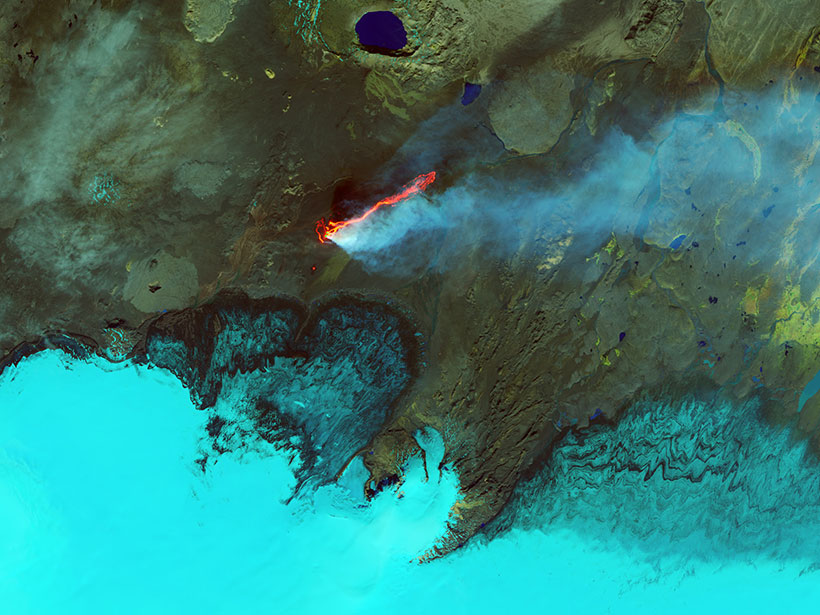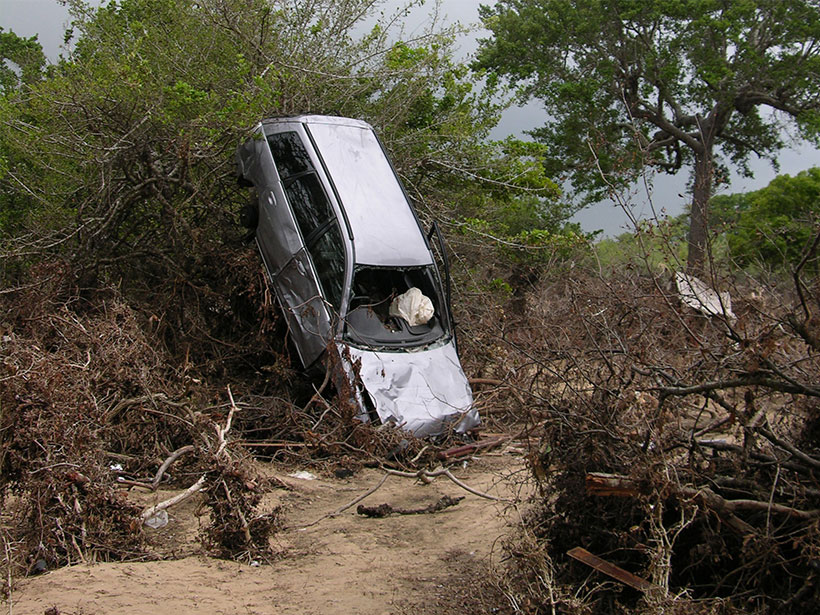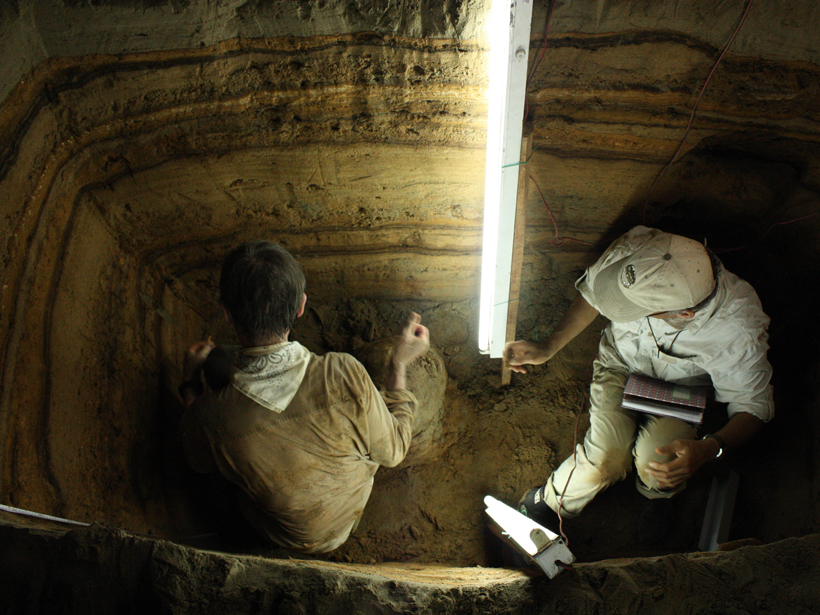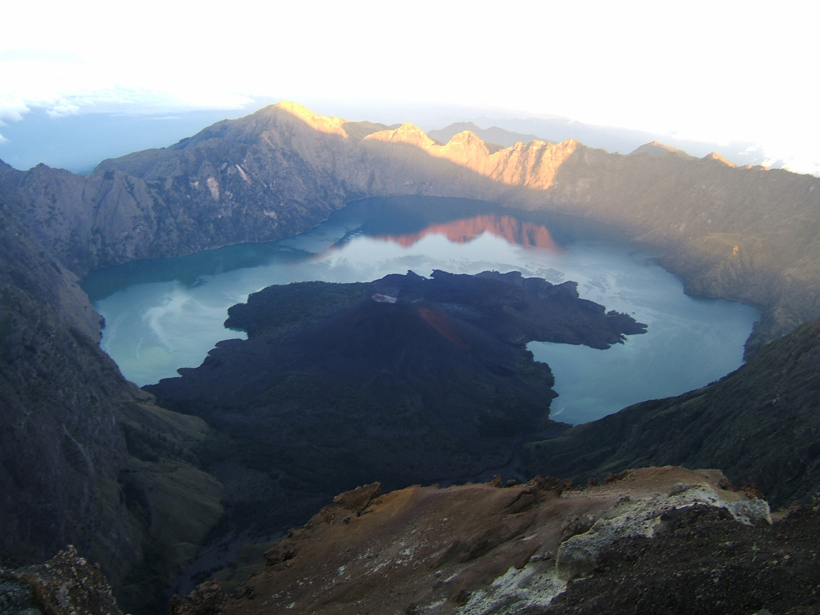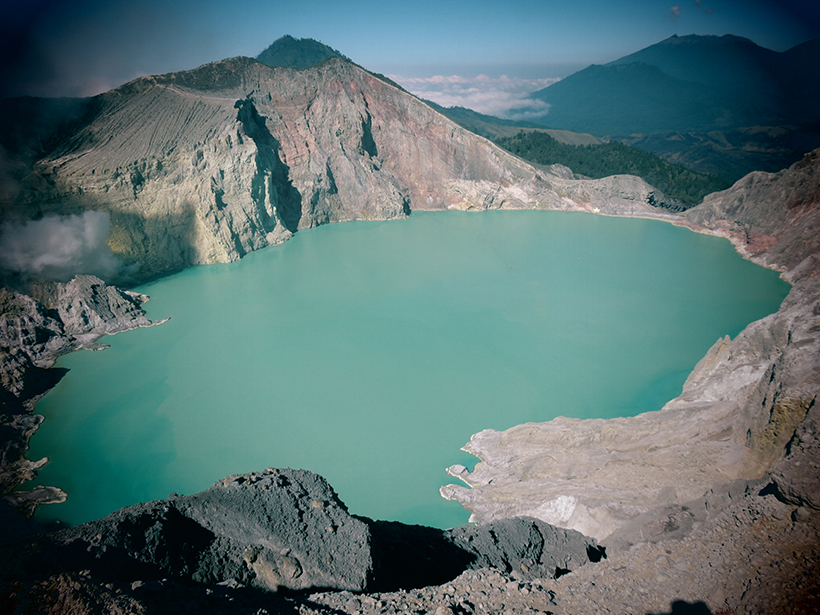Hurricanes, volcanoes, droughts, floods, fires, tsunamis: Satellites capture some of Earth’s most destructive forces.
Indonesia
Evidence for Gravity Tectonics After the Great Sumatra Quake
A new method that applies structural geology principles to aftershock analyses suggests that gravity-driven motion may occur during part of the seismic cycle.
What Feeds Indonesia’s Destructive Mud Eruption?
New advances in seismic investigations suggest links in plumbing between nearby magma volcanoes and a mud-erupting system that has been spewing for more than a decade.
Indonesian Cave Reveals Nearly 5,000 Years of Tsunamis
Researchers explore a coastal cave containing layers of sand deposited by 11 prehistoric tsunamis and demonstrate that the time period between massive waves is highly variable.
What Led to the Largest Volcanic Eruption in Human History?
A mineral-dating project at the Toba caldera in Indonesia sheds light on the science of supereruptions.
Volcanic Ash Contributes to Climate Cooling
A new study shows that atmospheric ash reflects solar radiation months after volcanic eruptions.
Volcanic Java and Climate Change
An account of a geophysicist's recent trip to Indonesia wouldn't be complete without intrigue and elucidations about what Java, climate change, and Butch Cassidy all have in common.
A New Tool to Better Forecast Volcanic Unrest
In a retrospective study of volcanic unrest at Indonesia's Kawah Ijen, a new model was able to pick up on the rising probability of eruption 2 months before authorities were aware of the risk.
The 2015 Indonesian Fires: Less Carbon Release Than Was Thought
Preliminary results from field measurements of smoldering Kalimantan peatlands suggest that the fires emitted 8% less carbon dioxide and 55% less methane than were previously estimated from lab tests.
Multidisciplinary Monitoring Experiments at Kawah Ijen Volcano
Cities on Volcanoes “Wet Volcanoes” Workshop;
Yogyakarta, Indonesia, 14–21 September 2014

